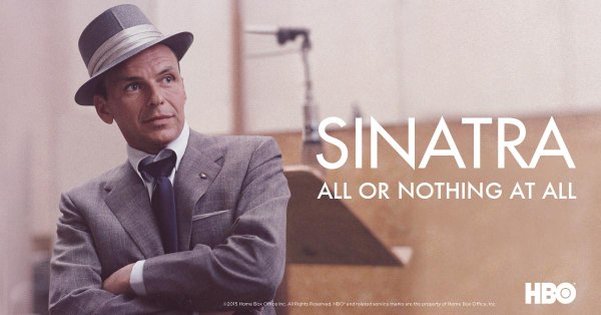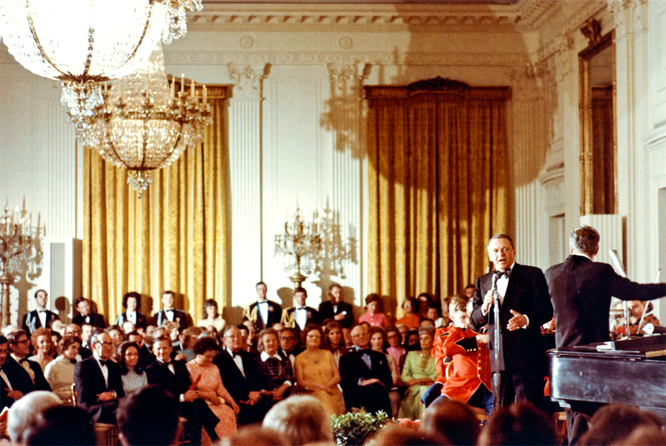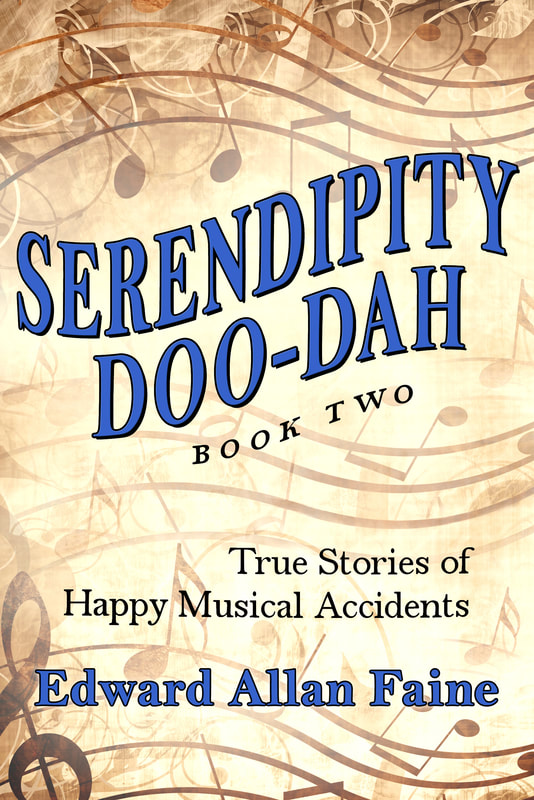The film needed to place a greater emphasis on Sinatra’s music, especially his critically acclaimed classic period, 1953–1963, when he separated himself from all other vocalists to become the greatest interpretive male singer of the twentieth century. A few examples from the classic Capitol albums would have helped, such as “Moonlight in Vermont” and “You Make Me Feel So Young,” drawing attention to his ability to sing six to eight bars (versus three to four) without taking a noticeable breath, giving his voice a flowing quality. He slipped around bar lines like a sax player and bent notes as Billie Holiday taught him, all the while focusing on the lyrics, telling the story. It was during this period when musicians and critics—not all, mind you—dared to call him a jazz singer.
His outsized ambitions, his rabid vindictiveness, his my way come hell or high water, his quiet generosity, and his triumphs and failures in and out of the bedroom are all fascinating, but that’s not why Sinatra matters, that’s not why a documentary was made about him on his hundredth birthday anniversary. To borrow from James Carville, “It’s the music, stupid.”
To tell Sinatra’s life story, the film’s narrative is shaped by Ol’ Blue Eyes’ song choices for his 1971 “Retirement Concert.” Frank sang seven of those songs at the Nixon White House State Dinner for Prime Minister Andreotti of Italy on April 17, 1973. It’s odd that the HBO documentary makes no mention of Frank’s first appearance as an entertainer at the White House—detailed in my book The Best Gig in Town.
One final comment: Sinatra was in better voice at his 1971 “Retirement Concert” than he was at his 1973 White House gig. No doubt, this is why he refused to have the 1973 audiotapes mastered and released to the public on CD





 RSS Feed
RSS Feed